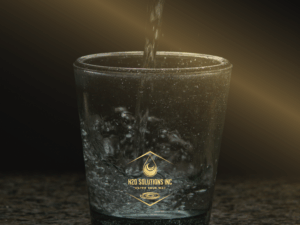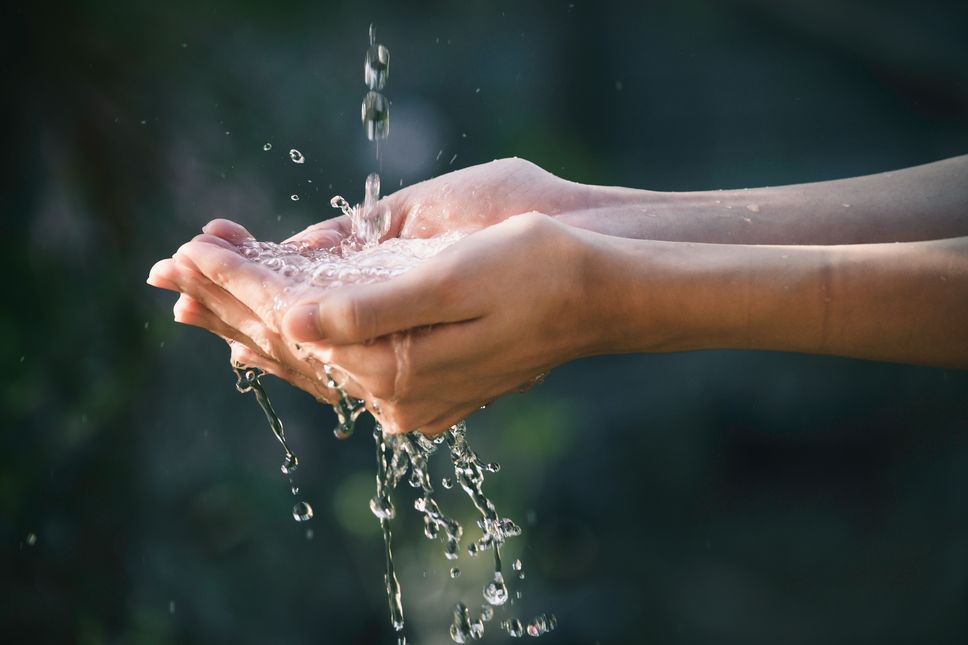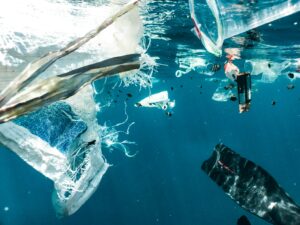Welcome to an insightful guide for optimizing your EcoWater treatment system. Maintaining your system is not only about ensuring clean and soft water but also about understanding the essential care needed to keep it running smoothly. Let’s embark on this journey to elevate your understanding of EcoWater system maintenance.
How the Ecowater System’s Water Softener Works
The EcoWater treatment system’s water softener uses a resin charged with negative ions. The positive ions of the sodium solution activate the resin. When the resin is activated, it softens hard water by filtering out high minerals and other impurities. The resin must “regenerate” or be cleaned and recharged with sodium solution. The EcoWater treatment system performs proportional regeneration at least once or twice a week in the early morning hours, depending on the user’s water usage pattern.
Salt Maintenance for Your EcoWater System
Ensuring the proper salt level in your EcoWater system is crucial for its performance. The automated regeneration cycle handles most maintenance tasks, leaving users primarily responsible for maintaining the salt level in the tank. Maintaining the salt level at around half full is advised, ensuring it stays approximately three inches above the water level or at Level 5. Overfilling the salt tank should be avoided to prevent complications such as salt bridging and salt mushing.
What is the Best Salt for EcoWater Systems?
When choosing salt for your EcoWater water softener, consider pellet or nugget-shaped varieties, which come in several types:
- Evaporated Pellets: Considered the purest option, evaporated pellets are less prone to causing salt bridging or mushing. However, they tend to be the most expensive.
- Solar Pellets: These pellets dissolve more efficiently than rock salt pellets but may not be as effective in areas with very high water hardness.
- Rock Salt Pellets: Among the most economical options, rock salt pellets can pose maintenance challenges due to their higher calcium sulfate content.
- Potassium Chloride Pellets: Potassium chloride pellets can substitute for salt for individuals monitoring sodium intake. However, they may not always be readily available through EcoWater distributors and tend to be the priciest option. Increasing the dosage of water softeners by 10% is recommended to ensure proper resin regeneration.
Salt Bridges
Salt bridges are the hard crusts that form in the salt tank, away from the water. These crusts cannot recharge the resin. These crystalline formations occur due to factors like high humidity, sudden temperature shifts, or using an incompatible salt type.
To dissolve the salt bridges back into the water, carefully insert a long object, such as a broom handle, into the salt tank and break apart the crusts. Mix the salt back into the water.
Salt Mushing
When salt clumps on the bottom of the salt tank, it can turn into a thick layer that does not regenerate the resin effectively and causes blockage. Salt mushing is often caused by using low-quality water softener salt, or the water hardness is too high for the type of salt used.
To remedy this, drain the salt tank of water. Remove the salt mush and replace it with fast-dissolving high-quality salt pellets.
There is a temporary solution if high-quality, fast-dissolving salt is not immediately available. Take out the salt mush, dissolve it in hot water, and return it to the tank. Do this until you can buy better-quality and higher-softening salt.
Maintaining the Venturi Valve
The Venturi and nozzle system suctions the salt water from the salt tank into the resin tank for regeneration. The Venturi valve is prone to sediments, impurities, and salt-mushing blockages. It will need to be cleaned every six months. Here is a guide on how to clean your Venturi valve.
I Am Still Getting Hard or Impure Water. What Should I Do?
There are two possibilities if you are still getting hard water or water with impurities:
- You are getting said water during the EcoWater System’s regeneration time.
- The water system requires deep cleaning.
Faulty Regeneration Time
Regeneration time signifies a phase when the water circumvents the system. This process occurs during the early morning hours. It lasts about an hour. However, if the regeneration schedule is faulty, it can result in receiving untreated water during that hour. It can risk water heaters to have mineral buildup inside them.
To rectify this issue:
- Ensure the water system’s clock maintains accuracy.
- Verify if the regeneration schedule aligns correctly (consult the manual or contact an EcoWater dealer for guidance).
- If the time and schedule seem correct, yet intermittent untreated water persists, seek assistance from your EcoWater dealer to resolve the issue promptly.
Deep Cleaning the EcoWater Tank
The softener system maintenance consists of deep cleaning every 5-10 years. The older it gets, the shorter the years before it must be deep-cleaned again.
- Drain the salt tank into a sewage drain and avoid throwing the salt water on the soil.
- Remove the grid plate and wash the interior of the tank.
- Soak the inside with bleach for 15 minutes before rinsing it.
- Refill the tank with water and salt.
Questions? We’re Here to Help
Navigating the maintenance and care of your EcoWater treatment system is vital to ensuring its lasting efficiency and performance. Whether it’s understanding salt maintenance, troubleshooting regeneration issues, or planning system deep cleaning, our team, as an EcoWater Systems distributor, is here to assist you every step of the way. Contact us today.




